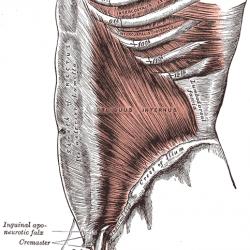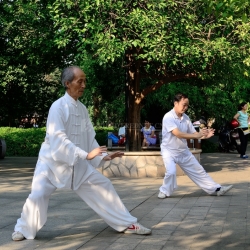Making The Most Out Of Your Stroke Recovery
In the United States, the third leading cause of death is stroke. First and foremost, the brain regulates and controls a bulk portion of the body’s nerve signaling and abilities. The human brain has numerous purposes, but just one single stroke can put all of those vital functions at great risk. Emotional activity, memory, communication and physical capabilities can all show negative symptoms when the brain is not functioning at its maximum potential.
Difference Between Heart Attacks And Strokes
A stroke and a heart attack may appear similar but are very distinctive ailments. Both organs count on the other to maintain basic functions of the human body. Furthermore, a heart attack and a stroke both happen when there is an absence of normal blood flow and oxygenated blood. However, a stroke predominantly affects the brain while a heart attack primarily targets the heart. When blood flow to the heart is blocked, it can trigger a heart attack. When blood flow to the brain is blocked, it can lead to a stroke which can then cause permanent damage, brain tissue to decay or death.
What Causes A Stroke
A burst blood vessel or a blocked blood vessel leads to reduced oxygen flow to the brain, thus causing a stroke. There are several risk factors that can lead to this such as lack of exercise and smoking. Some can be treated or medically managed. However, there are certain risk factors that can be more difficult to tackle.
A person’s lifestyle choices has a significant effect on their mental and physical health. Risky choices such as excessive drug use can lead to conditions with harmful long-term symptoms. Almost everything that is put into the human body has the potential to influence your emotional and physical health. For instance, consuming highly processed, fatty foods can make an individual feel lethargic and groggy, while a diet filled with low-fat, plant-based meals can positively support a vigorous immune system.
Manageable risk factors for a stroke are, but not limited to:
- Lack of exercise
- Excessive alcohol or drug use
- High cholesterol
- High blood pressure
- Diabetes
- Smoking
Unmanageable risk factors include, but not limited to:
- Family history
- Age
- Race
- Gender
Despite taking every precaution such as not carrying any genetic risk factor and taking great care of their own body, a person can still be at risk for a stroke. This may be due to the following:
- Climate
- Geography
- Economic and social circumstances
It is important to keep these external risks in mind when individuals are consulting with their primary physician.
Treating And Recovering From A Stroke
Nearly a quarter of stroke survivors will fall victim to a second stroke, making speedy treatment critical for many. Treating a stroke begins in the doctor’s office. To ensure proper diagnosis, doctors must first pinpoint the primary cause of the patient’s symptoms. This might be done through a CT scan or other effective stroke tests. These stroke tests can range from an easy physical and/or blood analysis to more elaborate procedures such as MRI scans, echocardiograms, cerebral angiograms or carotid ultrasounds.
There are also additional steps outside of the doctor’s office to further help patients during the recovery process. Simple measures such as seeking therapy and support, eating a nutritious and healthy diet, keeping the brain active, monitoring medications and taking special note of any sudden imbalance or dizziness. Recuperating from a traumatic brain injury such as a stroke requires a great deal of time and patience. Therefore, it is important not to feel discouraged during this time. Check out the graphic below for more information on stroke recovery as well as easy measures to incorporate into everyday life.
More to Read:
Previous Posts:







